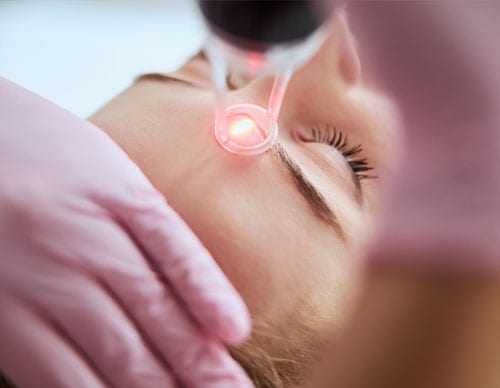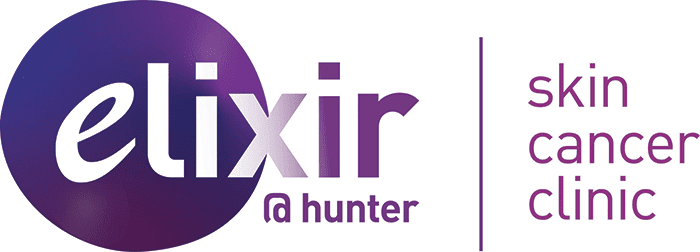
Fractional CO2 laser skin rejuvenation
Treatment to improve skin roughness, reduce wrinkles and improve scars.


Fractional CO2 Laser Skin Treatment Maitland
Fractional Laser Skin Rejuvenation Treatment
Fractional laser resurfacing is an excellent way of skin rejuvenation treatment. This laser treatment works by creating numerous microscopic thermal injury zones of controlled width, depth and density that are surrounded by a reservoir of spared normal and healthy tissue, allowing rapid repair of laser induced thermal injury.
Skin Resurfacing Fractional Co2 Laser
Full face Co2 laser resurfacing produces rapid and profound changes to the skin, but has a disadvantage of a significant downtime as this treatment creates peeling of the entire skin in the treated area. Unlike the IPL that primarily targets pigmented cells and blood vessels, the ablative laser targets all the cells. Thus, this laser removes the entire epidermis, and all the unwanted pigment and much of the apparent sun-damage. The epidermis then recovers by way of migration of new epidermal cells from pores and sweat glands.
Fractionating an ablative laser means splitting up the laser beam into lots of tiny laser dots which allow us to treat a fraction of the epidermis in an even and controlled manner. The fractional ablative laser creates an excellent improvement to the facial skin texture with significantly less downtime than seen with full ablative resurfacing. Fractional ablative laser resurfacing is a good way of skin rejuvenation for those with essentially fair skin who have developed severe sun damage and age related damage on their skin. It is not recommended for darker skin as there is a risk of getting post inflammatory hyperpigmentation in the darker skin.
If you need Fractional CO2 Laser treatment in Maitland, Hunter Valley, Newcastle and surrounding areas then contact Elixir @ Hunter today!
Fractional Co2 Laser Skin Rejuvenation

Fractionation can be controlled really well with settings of the ablative laser machine, allowing to target different levels of skin peeling, from very light with a downtime of 1 week to very strong with a downtime of 4 weeks The recovery is faster than with full resurfacing, and results are still very substantial. Fractional laser is a good procedure for facial skin rejuvenation and to improve facial skin laxity. As the fractional laser treatment creates controlled microscopic thermal zones with healthy tissue surrounding it, this allows more intensive irradiation. Thus the skin tightening effect of fractional laser is more prominent and persists longer than that provided by diffuse thermal injury devices. The effect lasts an average of around 6 months
A gentle fractionated Co2 laser treatment can be as easy as a light peel or a microdermabrasion treatment, but with much more even, more predictable and stronger results. A strong fractionated Co2 laser treatment will require that you stay home for a week to recover, but the end result will be a younger looking, softer and smoother skin. Starting from the beginning of adulthood to the age of 80 years, the skin elasticity goes down by around 30%. Studies have shown an increase in elasticity of around 4-5% after 2-3 sessions of Co2 laser fractional resurfacing, which represents a significant gain.
Collagen Induction Laser
The changes in the skin’s mechanical properties observed are due to the effects of the laser beam on the skin cells called dermal fibroblasts and on components of the surrounding tissue called extracellular matrix. The heat breaks the structure of collagen and generates a shrinkage phenomenon. Tissue tension in human skin immediately increases because, although the fibres become shorter, the heat-stable cross-links between molecules are maintained, thus increasing the elastic properties of collagen polymers.
The various uses of fractional laser treatment are as:
- Skin rejuvenation and skin tightening
- Reduce roughness
- Pore reduction
- Wrinkle reduction
- Acne scars
- Atrophic traumatic scars
- Reduce the pores
- Improve the tone and texture of skin.
- Improve the stretch marks or striae distensae.
Book your skin rejuvenation, skin tightening and texture improvement treatment with Elixir @ Hunter today!
